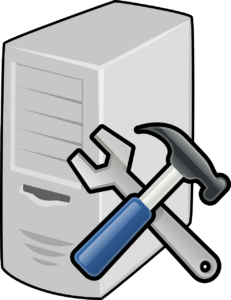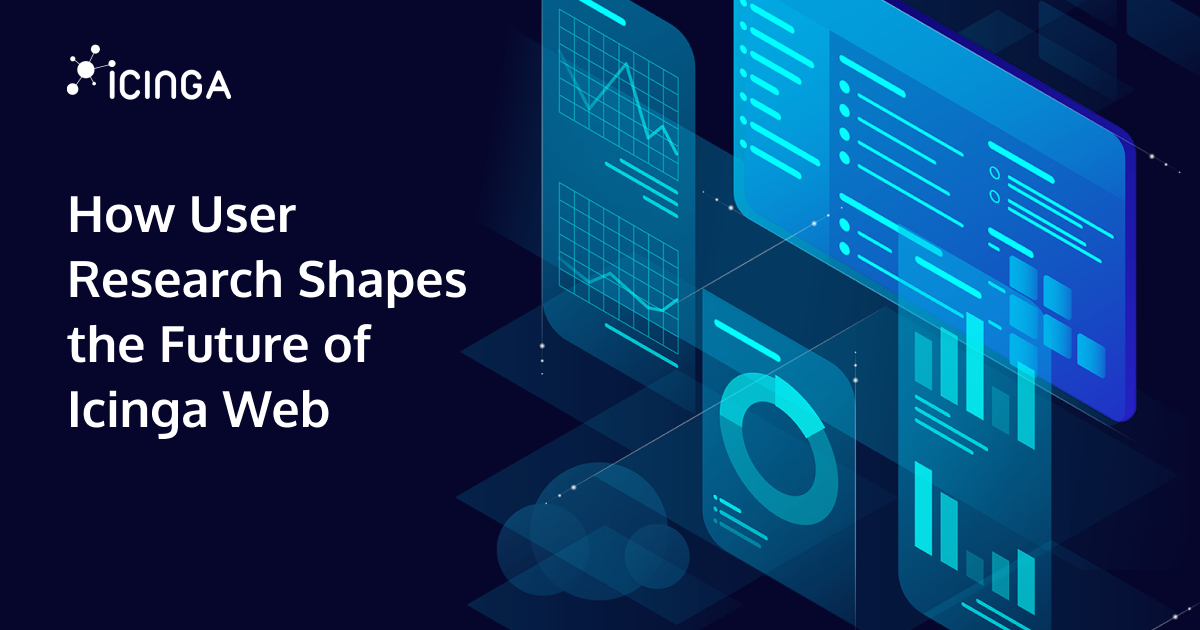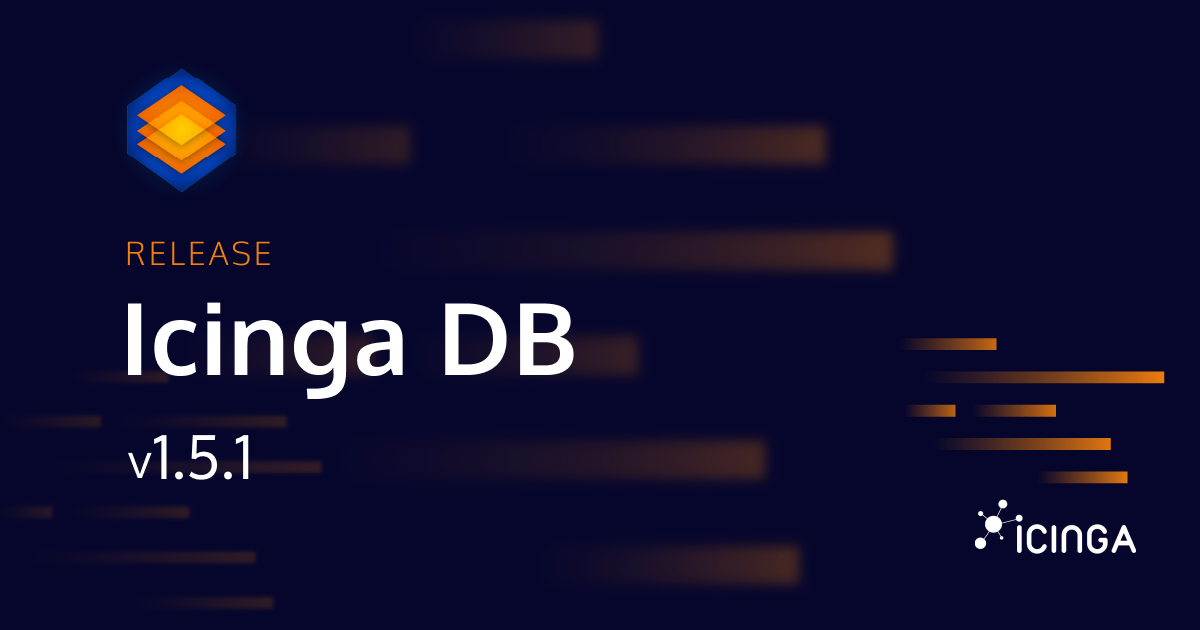As a software developer in training at Icinga, I’ve learned a lot about the nuances and importance of monitoring systems. Effective monitoring is critical for maintaining the health, performance and security of any infrastructure or application. Here are ten essential tips to help you develop an effective monitoring strategy.
1. Understand your infrastructure
Before you can monitor effectively, you need a deep understanding of your infrastructure. Map out all components, including servers, databases, applications and network devices. This foundational knowledge will help you identify what needs to be monitored and where potential issues might arise. Consider using tools like network topology maps and system architecture diagrams to visualize your infrastructure.
2. Define clear objectives
What are you trying to achieve with your monitoring strategy? Are you focusing on performance, uptime, security or all of these? Define clear objectives and key performance indicators (KPIs) that align with your business goals. This will help you prioritize what to monitor and how to respond to different types of alerts. For instance, if your primary objective is to maintain high availability, focus on uptime metrics and response times.
 3. Choose the right tools
3. Choose the right tools
Selecting the right monitoring tools is crucial. Evaluate different tools and choose the ones that best fit your requirements and expertise. As part of Icinga, I’ve seen firsthand the benefits of using our monitoring solutions. We offer flexibility, customization and community support.
4. Monitor all layers
An effective monitoring strategy covers all layers of your application stack. This includes hardware, operating system, application performance and user experience. By monitoring each layer, you can pinpoint where issues originate and address them more efficiently. For example, monitoring CPU usage, memory consumption and disk I/O at the hardware level, while also tracking application-specific metrics such as error rates and request latency.
5. Implement real-time monitoring
Real-time monitoring enables you to detect and respond to issues as they occur. This minimizes downtime and ensures a better user experience. Use real-time dashboards and alerts to stay informed about the status of your systems at all times. Tools like Grafana can provide real-time visualization of metrics, while alerting systems can notify you instantly of critical issues.
6. Set up alerts and notifications
Configure alerts to notify you of critical issues. However, be cautious of alert fatigue—receiving too many alerts can desensitize you to important ones. Use thresholds and severity levels to prioritize alerts, ensuring that the most critical issues are addressed promptly. Consider implementing escalation policies where more severe alerts trigger notifications to higher-level support staff.
7. Regularly review and update your strategy
Technology and infrastructure are constantly evolving. Regularly review and update your monitoring strategy to ensure it remains effective. This includes updating what you monitor, the tools you use and the alert thresholds you’ve set. Schedule periodic reviews to assess the effectiveness of your monitoring and make necessary adjustments.
8. Analyze historical data
Historical data provides valuable insights into trends and patterns. Analyzing this data can help you predict future issues and plan for capacity upgrades. Use this data to refine your monitoring strategy and make informed decisions. Tools like Prometheus provide long-term storage of time-series data, which can be invaluable for trend analysis and forecasting.
9. Ensure security and compliance
Monitoring systems themselves must be secure to prevent unauthorized access and tampering. Ensure that your monitoring tools comply with relevant security standards and regulations. Regular security audits and updates are essential to maintaining a secure monitoring environment. Use encryption, secure communication channels and access controls to protect your monitoring data.
10. Foster a culture of proactive monitoring
Encourage a culture where monitoring is viewed as a proactive and essential part of development and operations. Training and educating your team on the importance of monitoring and how to effectively use monitoring tools will lead to a more resilient and efficient system. Regular workshops, documentation and knowledge sharing can help integrate monitoring into your team’s daily practices.
Conclusion
Developing an effective monitoring strategy is an ongoing process that requires attention to detail and a proactive approach. By understanding your infrastructure, defining clear objectives, choosing the right tools and fostering a culture of monitoring, you can ensure that your systems run smoothly and efficiently. As a software developer in training, I’ve seen the critical role monitoring plays in maintaining robust and reliable software and I hope these tips help you develop a strategy that works for your organization.
Happy monitoring!
To gain a deeper understanding of the significance of infrastructure monitoring and how it impacts business operations, check out our blog post on Why Is Infrastructure Monitoring Important?


 3. Choose the right tools
3. Choose the right tools




